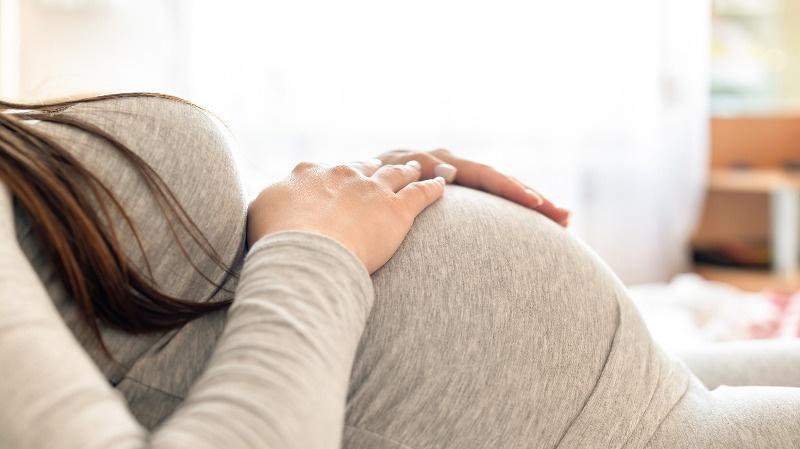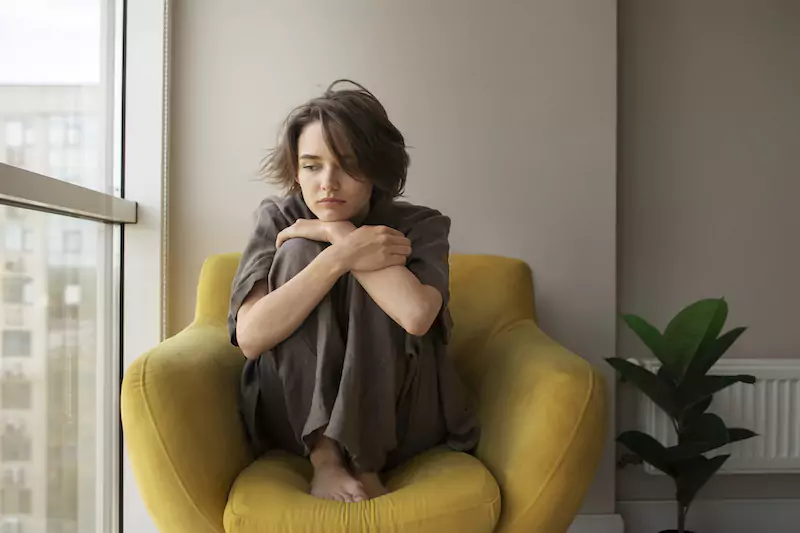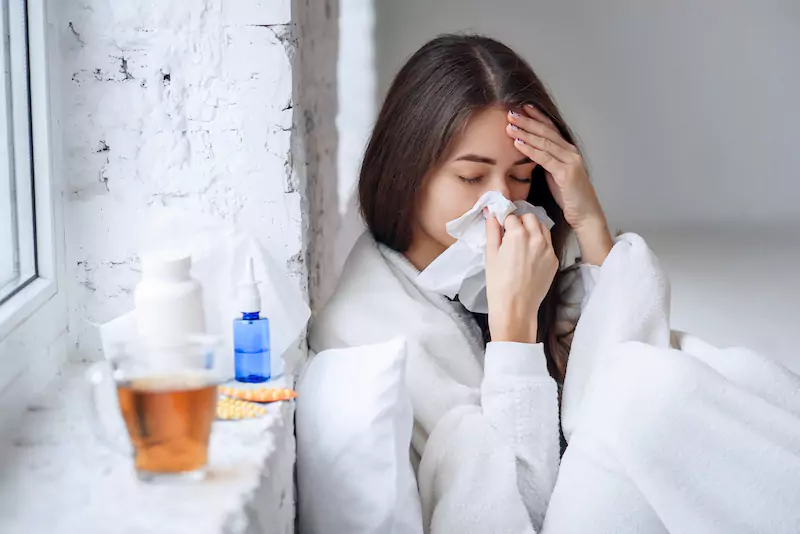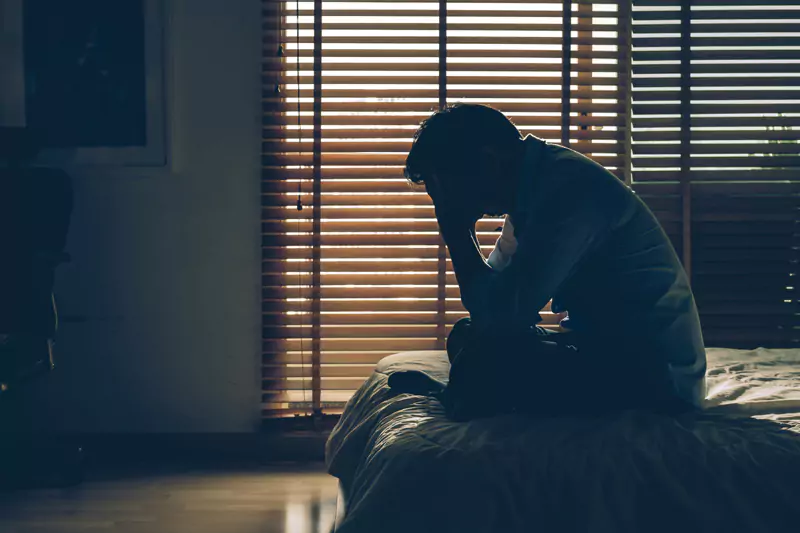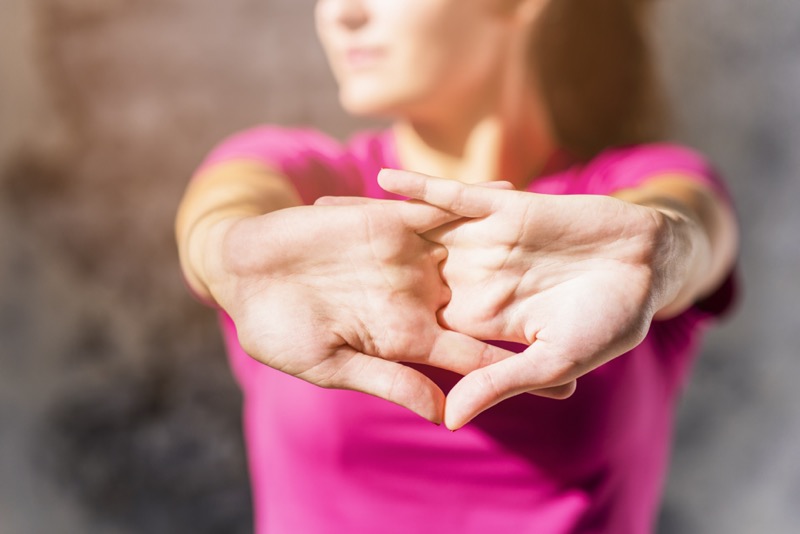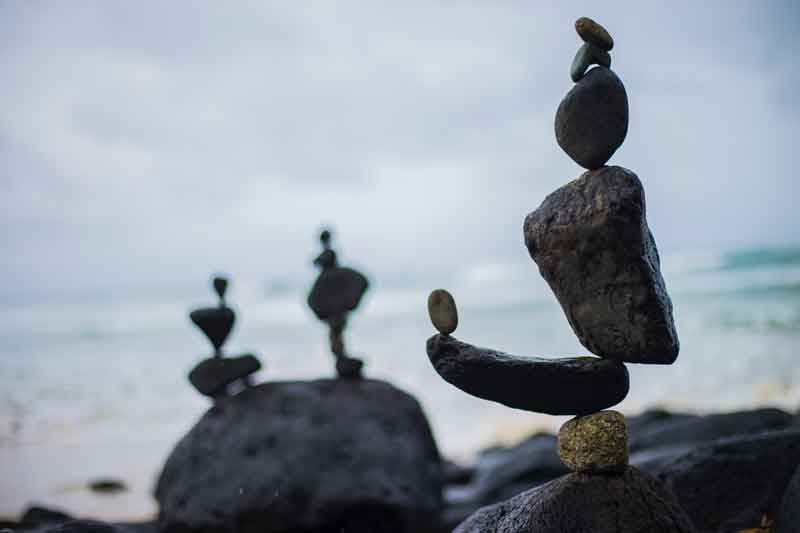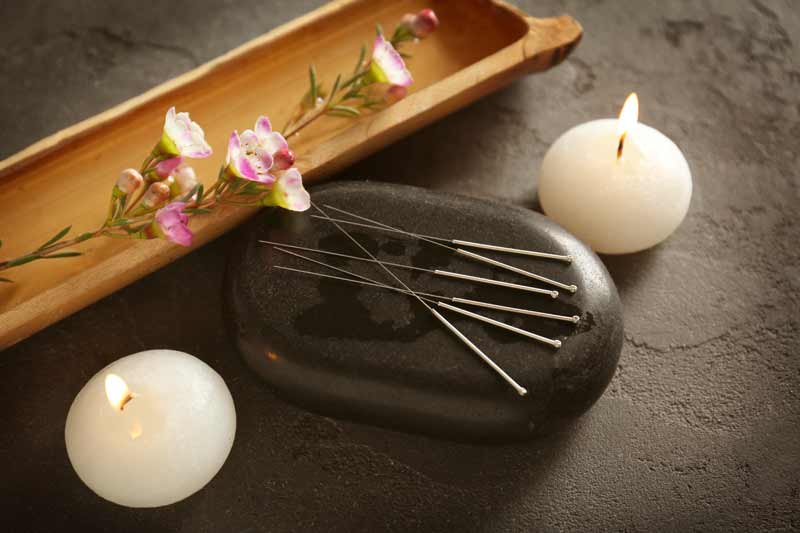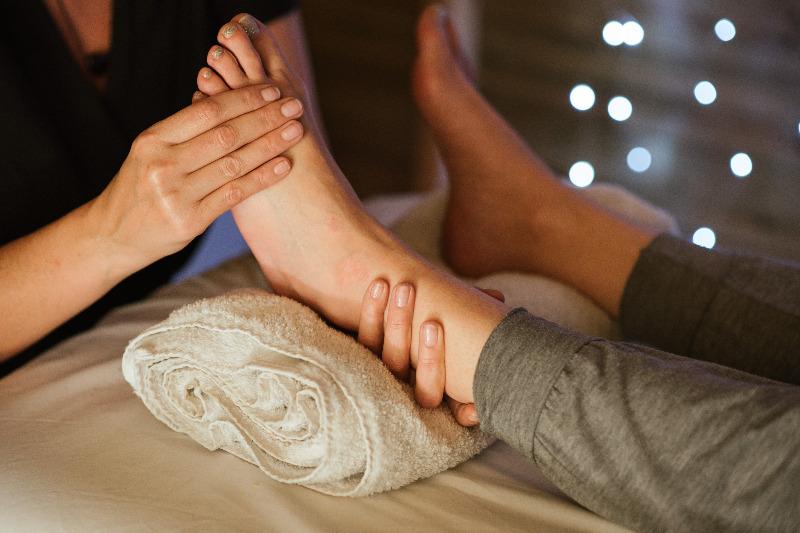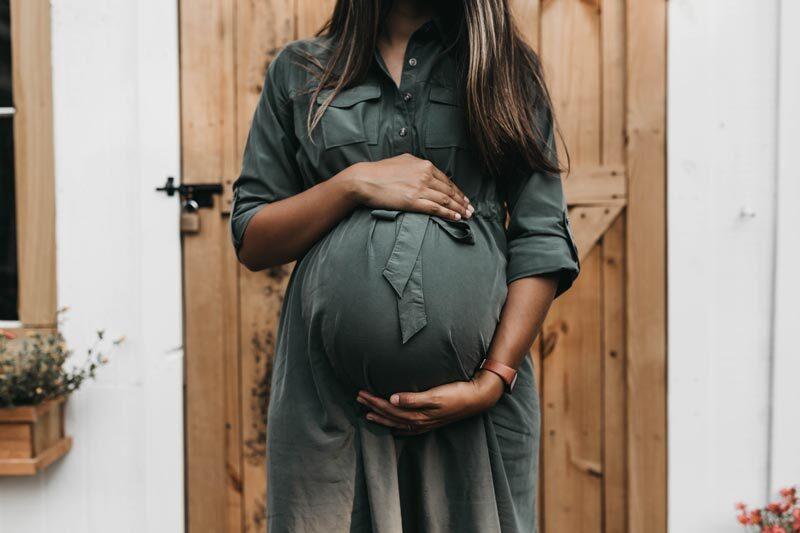A baby that is positioned with its buttocks, instead of its head, facing downward towards the end of pregnancy is referred to as being in a breech presentation. The reason for a breech presentation is usually unknown. Breech presentation is more common in cases of twin or multiple pregnancies, when there is an abnormal shape of the uterus or pelvis, or when the placenta or a fibroid is blocking the exit, in case of congenital abnormalities of the child, and it is more common in the first months of pregnancy. A baby in a breech presentation can often be born vaginally, with the buttocks or feet being delivered first. Alternatively, a baby in breech presentation can also be delivered by cesarean section.
During pregnancy, the baby in a breech presentation can sometimes be turned to achieve a head-first position. In the Netherlands, obstetricians have agreed upon certain conditions under which a baby in a breech presentation can be born vaginally.
How often does a breech presentation occur?
Early in pregnancy, many babies are in a breech presentation. This decreases as the pregnancy progresses. Around the due date, approximately 3% of babies are in a breech presentation.
Why is a baby in a breech presentation?
For more than 85% of pregnant women, it is unknown why a baby is in a breech presentation around the due date. Breech presentation is more common in cases of:
- Multiple pregnancies
- An abnormal shape of the uterus or pelvis
- A low-lying placenta or a fibroid at the entrance of the pelvis
- Congenital abnormalities of the baby
Need more information or want to make an appointment?
Book an appointment online at one of our locations, or call 085 - 0655499. If you have questions about acupuncture or how acupuncture can help you, you can also contact us via email.
Intake A session in which we discuss your complaints and propose a treatment plan
Choose your location / acupuncturist:
Intake A session in which we discuss your complaints and propose a treatment plan
Choose your location / acupuncturist:
Intake A session in which we discuss your complaints and propose a treatment plan
Choose your location / acupuncturist:
Intake A session in which we discuss your complaints and propose a treatment plan
Choose your location / acupuncturist:
Intake A session in which we discuss your complaints and propose a treatment plan
Choose your location / acupuncturist:
Intake A session in which we discuss your complaints and propose a treatment plan
Choose your location / acupuncturist:
Intake
Choose your location / acupuncturist:
Appointment Choose a location and schedule your desired treatment
Choose your location / acupuncturist:
Appointment Choose a location and schedule your desired treatment
Choose your location / acupuncturist:
Appointment Choose a location and schedule your desired treatment
Choose your location / acupuncturist:
Appointment Choose a location and schedule your desired treatment
Choose your location / acupuncturist:
Appointment Choose a location and schedule your desired treatment
Choose your location / acupuncturist:
Appointment Choose a location and schedule your desired treatment
Choose your location / acupuncturist:
Appointment
Choose your location / acupuncturist:
Acupuncture possibilities for breech presentation
From week 34 of pregnancy, it is worth trying to influence the breech presentation with acupuncture, with a maximum of 8 to 10 consecutive treatments. This only requires a few small needles. The treatment itself can be supported at home with a special acupuncture heat technique, called a Moxa-stick.



